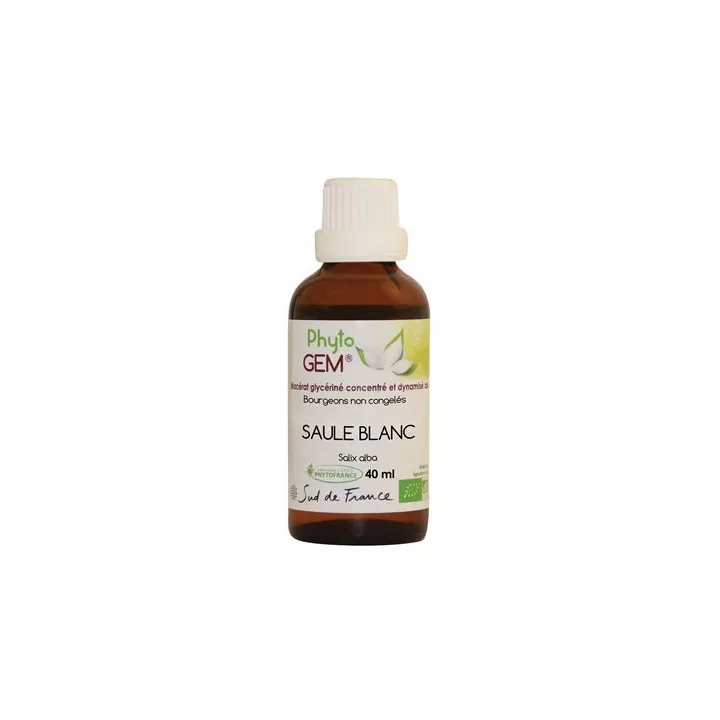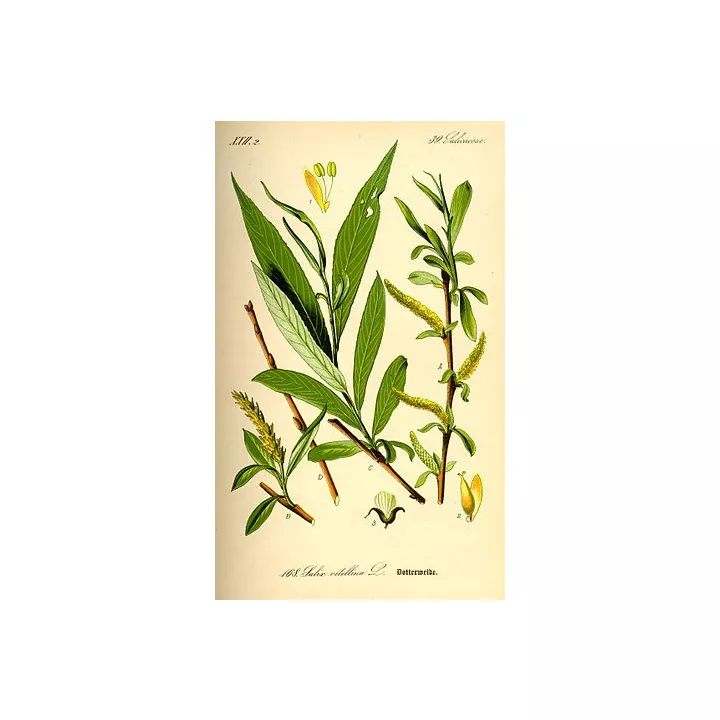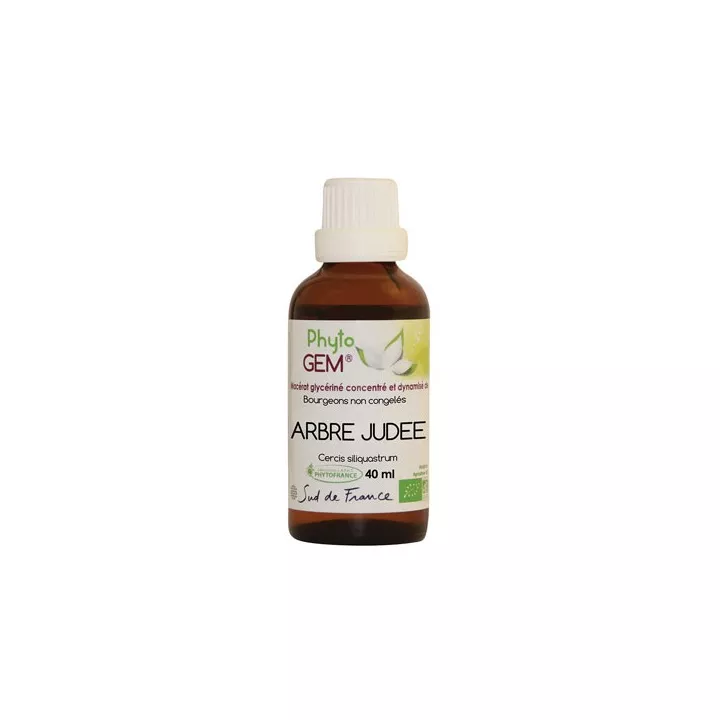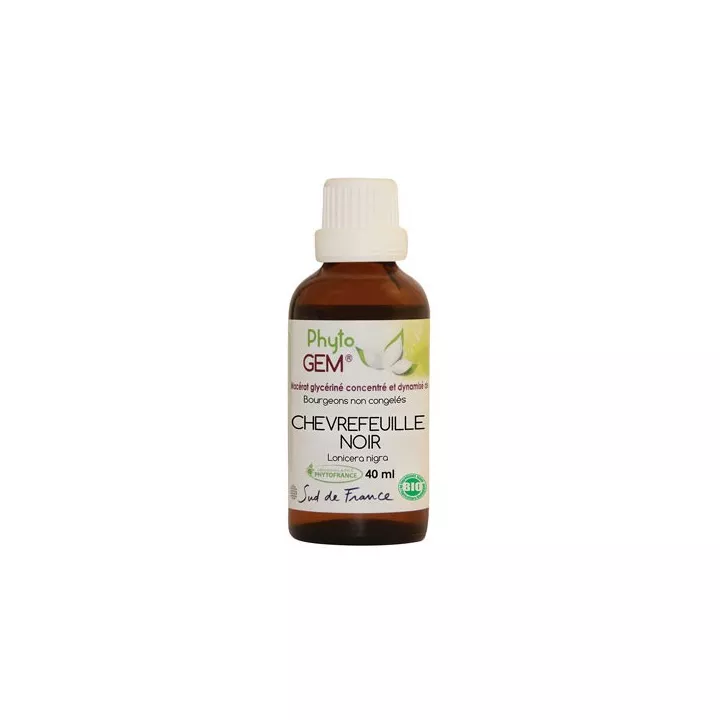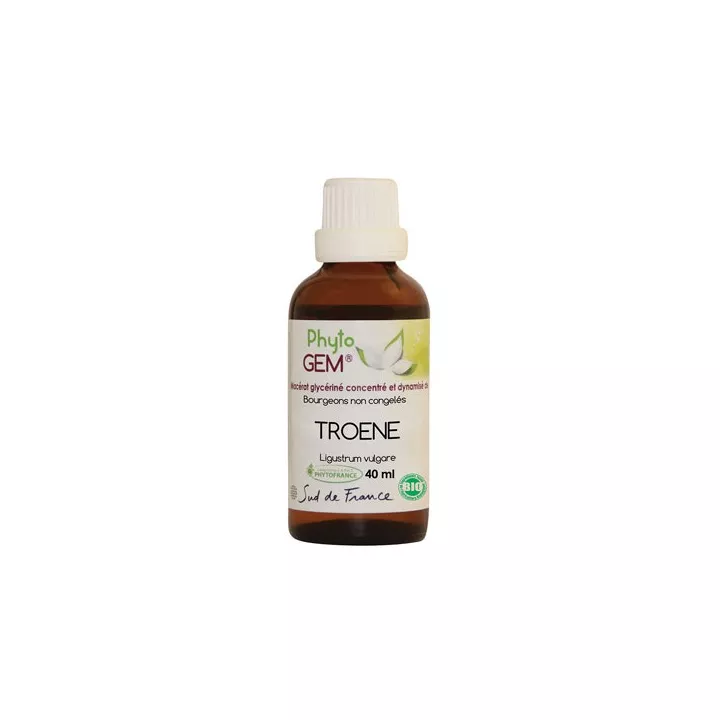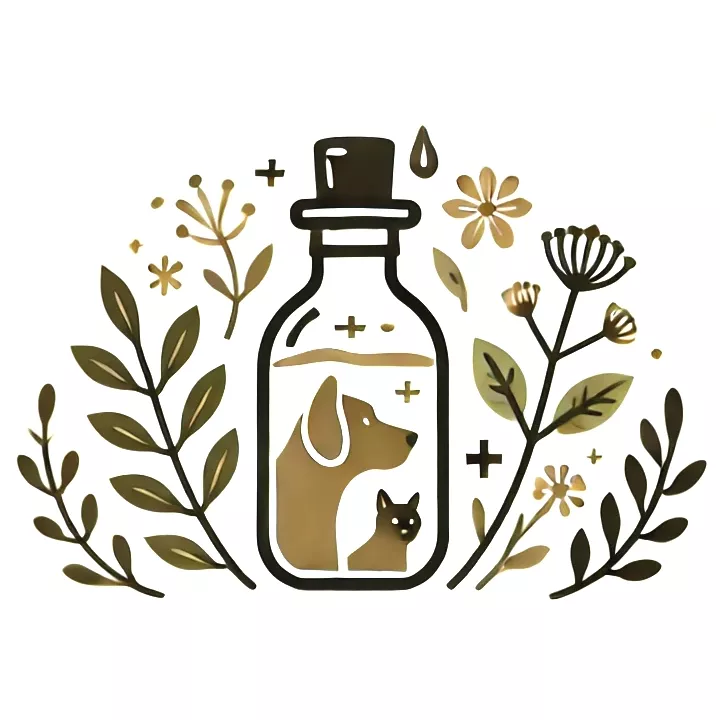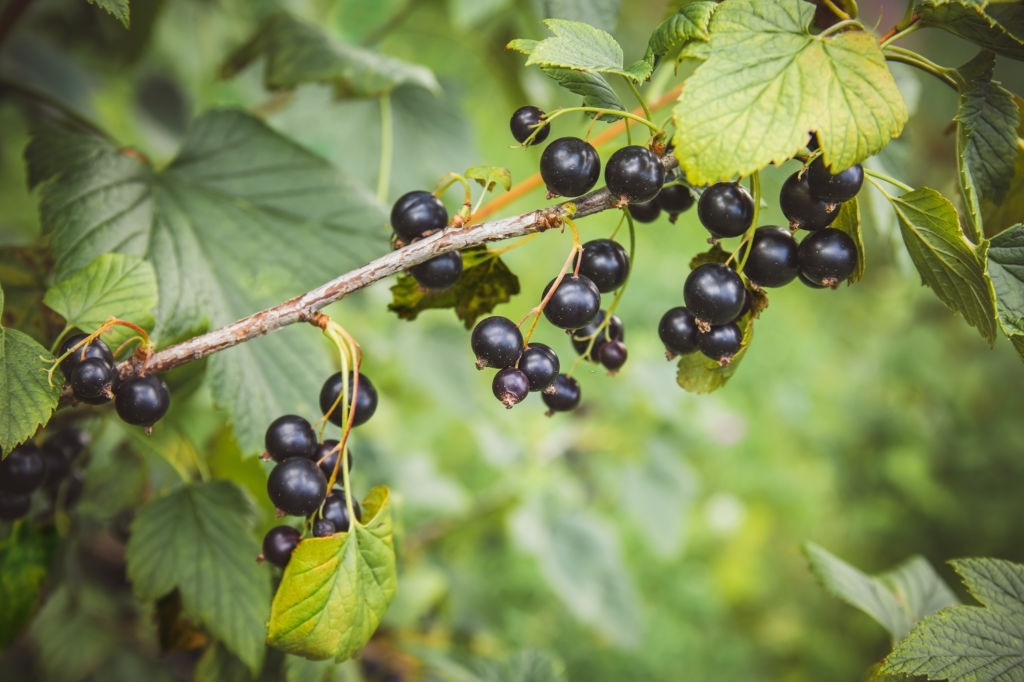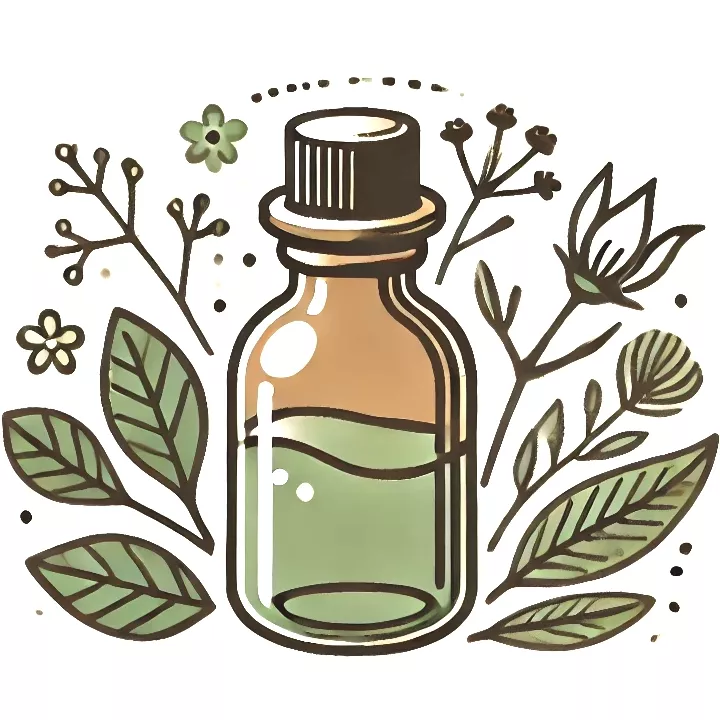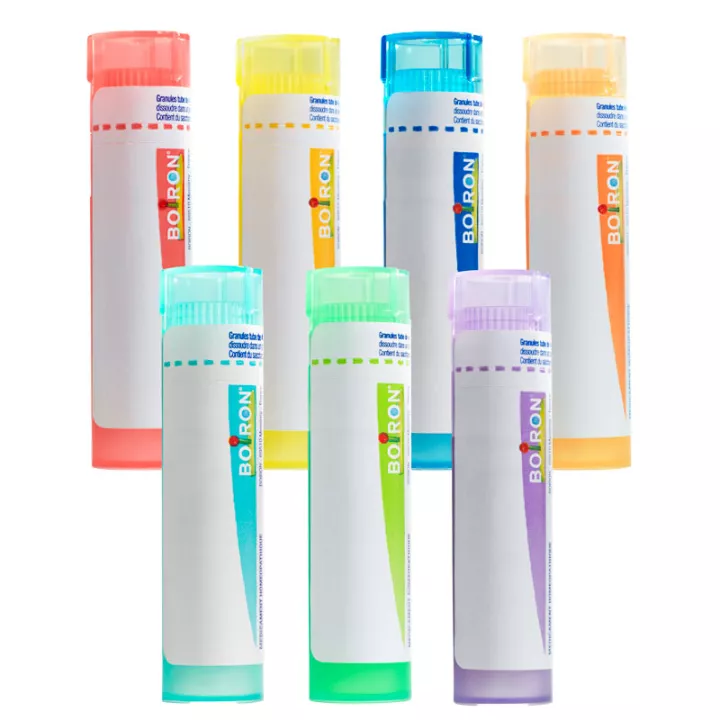What is Phyto'Gem White Willow Organic Bud Glycerine Macerate 40ml used for?
In today's tumultuous world, where stress and imbalances are commonplace, Phyto'Gem Saule Blanc is a haven of peace for our inner well-being. This organic bud glycerine macerate is not just a product, it's a promise of comfort and revitalization for those in search of balance and serenity.
White willow, known for its soothing properties, is at the heart of this product. It acts like a balm on the mind, reducing anxiety and nervousness, while promoting restful sleep away from nervous insomnia. But its benefits don't stop there. It is also a precious ally against digestive disorders of nervous origin, offering a holistic approach to well-being.
Beyond its calming effect on the mind, White Willow plays a crucial role in managing blood circulation. Whether you suffer from veno-lymphatic insufficiency, heavy legs, edema, water retention or even hemorrhoids, this macerate is a natural solution to improve your quality of life.
It's important to note that, although beneficial for circulation, White Willow does not act as a blood thinner in the same way as synthetic aspirin. Its strength lies in its ability to offer improvement without the side effects often associated with chemical drugs.
White willow is considered a vegetable aspirin. Its bark is rich in salicylates, whose properties are identical to those of aspirin. White willow can be used to combat fever and the onset of flu, and to relieve rheumatism, arthritis and osteoarthritis. It is also used to treat psoriasis and various skin conditions, redness, irritation and diarrhea. Kittens are used as an antispasmodic and anti-stress agent to calm anxiety and promote sleep. Anaphrodisiac, it is recommended for people with excessive temperaments.
In conclusion, Phyto'Gem Saule Blanc Macérat glycériné Bourgeon Bio 40ml is a shining star in the galaxy of wellness products. Thanks to its natural active ingredients, it offers a holistic solution for those seeking to improve their physical and mental well-being. Embrace serenity, vitality and improved circulation with this exceptional macerate.
PhytoFrance also offers Phyto'Gem Seigle bud macerate at the best price in our online pharmacy.
How do I use this bud macerate?
Using Phyto'Gem Seigle Blanc is child's play, making its integration into your daily routine both simple and pleasant. To make the most of its benefits, we recommend taking 5 to 10 drops, three times a day, diluted in a glass of water.
When the need arises more acutely, don't hesitate to increase the dose to 15 to 30 drops. This flexibility allows you to adapt the use of the product to your specific needs, ensuring a personalized experience.
Give your opinion on the directions for use and dosage of Phyto'Gem Saule Blanc Macérat glycériné Bourgeon Bio 40ml with our partner Verified opinions after your purchase.
Precautions for use
Keep this treasure away from heat and light to preserve its quality. As with any wellness product, we advise you to consult a health professional in case of doubt, especially if you are pregnant, breastfeeding or under medical treatment.
What does it contain?
In every bottle of Phyto'Gem Saule Blanc, you'll find a pure, natural composition. The active ingredients are carefully selected to guarantee optimum efficacy while remaining gentle on the body.
- Purified water
- Organic grain alcohol
- Organic vegetable glycerin
- Organic white willow buds
This simple yet powerful formula is the fruit of in-depth research, aimed at offering the best of nature in an accessible, easy-to-use format.
Presentation: Phyto'Gem White Willow is presented in a 40ml bottle, designed to be both practical and economical. This format makes it easy to use, whether you're at home or on the move, ensuring you never miss a dose of well-being.

